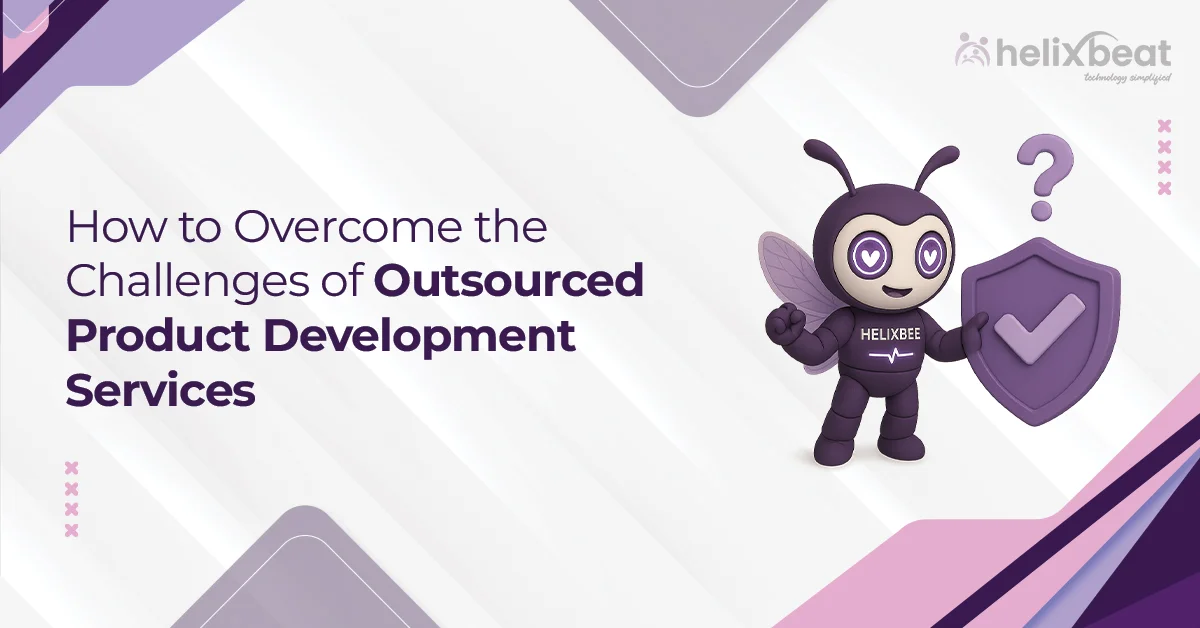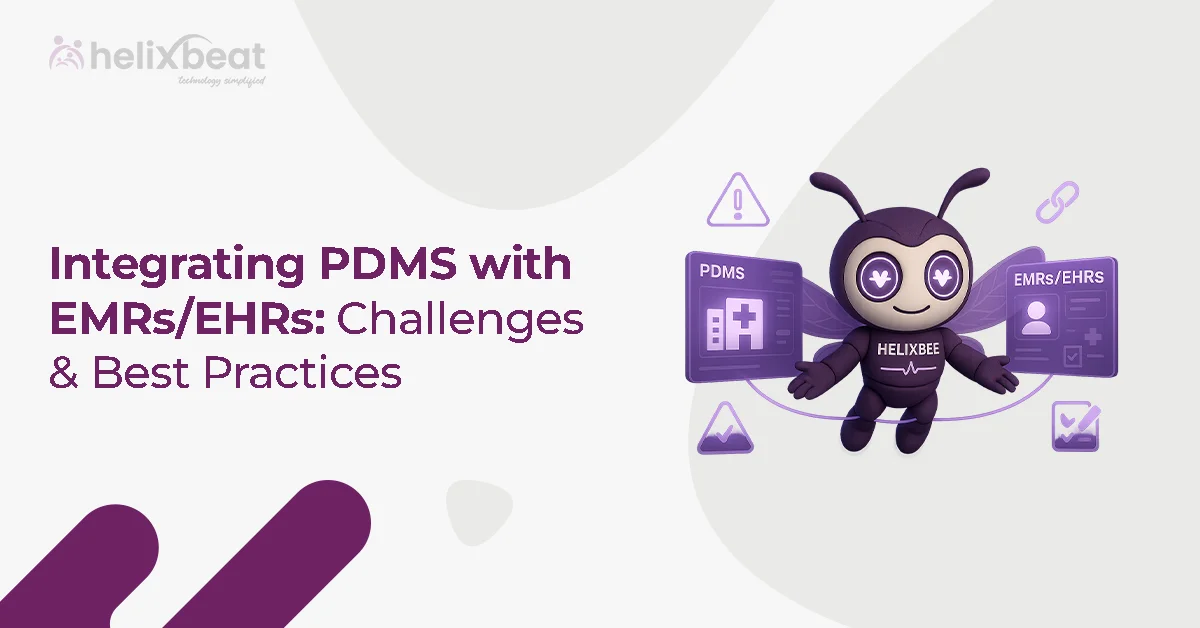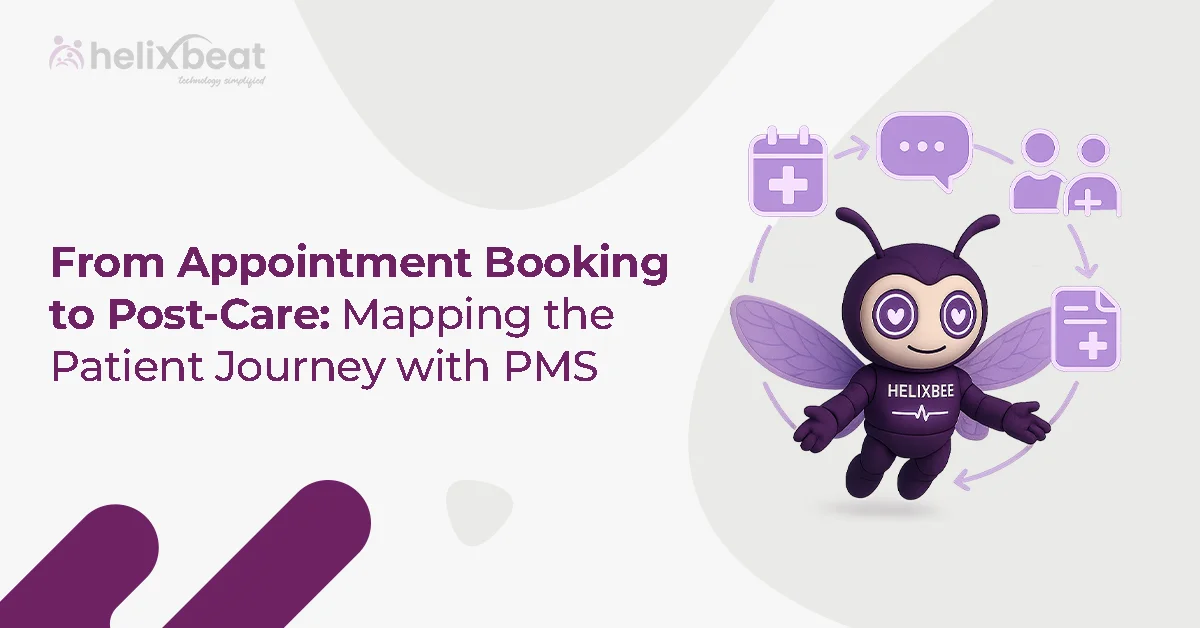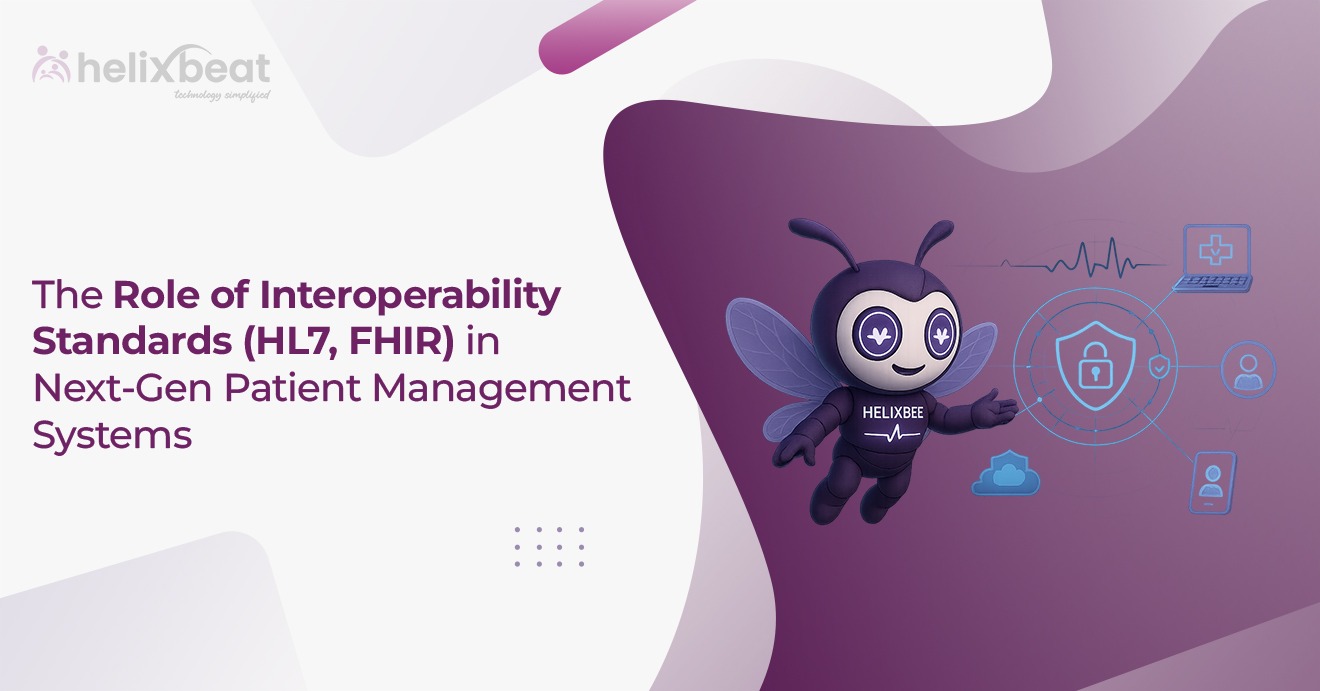In healthcare, where every second counts and patient lives hang in the balance, imagine a system that turns chaotic data silos into a symphony of seamless information flow. That’s the promise of healthcare interoperability solutions like AERIS, revolutionizing how healthcare providers handle electronic data exchange.
In this blog, we’ll discuss how AERIS makes it easy for healthcare systems to grow, helps them coordinate care, cut costs, and improve patient outcomes.
Table of Contents
The Growing Pains of Healthcare Data Management
Imagine a busy hospital emergency room where doctors struggle to get a patient’s history from a different clinic across town. This data delay means repeating tests, frustrating the staff, and risking dangerous mistakes. It’s a scene that happens all the time in healthcare, showing the biggest weakness of systems that don’t talk to each other. Traditional ways of sharing data just create bottlenecks that slow everything down.
Healthcare interoperability solutions tackle these issues head-on by enabling seamless communication between different systems. Without them, organizations get hit with huge operational costs and compliance headaches from regulations like HIPAA and the 21st Century Cures Act. As more patients need care and telehealth grows, the need for a solution that can keep up becomes even greater. That’s where AERIS comes in.
How AERIS is Revolutionizing Data Sharing in Healthcare?
AERIS, created by Helixbeat, is a plug-and-play solution for healthcare interoperability. It’s more than just a tool; it’s a complete system designed to connect different healthcare networks smoothly. At its heart, AERIS uses FHIR (Fast Healthcare Interoperability Resources) standards, the best way to share data today.
What makes AERIS special? Its real-time data exchange capabilities cut communication delays by up to 50%. This makes it a perfect solution for busy places like multi-hospital networks.
Unlike outdated legacy systems, AERIS connects easily with your existing EHRs, Health Information Exchanges (HIEs), and lab systems, so you don’t need expensive overhauls. This flexibility helps everyone, from small clinics managing their day-to-day to large companies expanding worldwide.
Think of AERIS as the conductor of an orchestra, where each instrument—be it a radiology database or a pharmacy system—plays in perfect harmony. It handles diverse data types, from clinical notes and medication histories to radiology images, all while maintaining encryption and role-based access controls to safeguard privacy.

How AERIS Powers Efficient Electronic Data Exchange
AERIS stands out in electronic data exchange because it effortlessly connects older HL7 v2 systems with modern FHIR APIs. It’s like having a universal translator for healthcare data. For example, when a lab result is generated at one facility, it immediately appears in a physician’s EHR at a different location.
In addition, AERIS can support high-volume transactions, perfect for expanding operations. As healthcare providers add more partners—say, integrating with telehealth platforms or regional HIEs—the system scales without performance dips. This is ideal in scenarios like population health management, where aggregating data from thousands of sources informs preventive care strategies.
Driving Healthcare Efficiency with AERIS
Scaling isn’t just about handling more data; it’s about doing so intelligently. AERIS drives this by offering a flexible architecture that grows with your needs. For a small practice, it might mean simple EHR integrations to speed up referrals. For a large network, it could involve global interoperability, connecting systems across countries while adhering to varying regulations.
One compelling aspect is how AERIS enhances collaborative innovation. By cutting communication costs by 60% and reducing project delays, it encourages partnerships between providers, payers, and tech vendors. In emergency care, scalability translates to lives saved. Instant access to critical patient data during crises improves decision-making and outcomes.
AERIS in Action
A multi-hospital network was struggling with separate, siloed EHRs. Then, they brought in AERIS, and everything changed.
The network used AERIS to standardize their patient data with FHIR, which meant doctors could instantly pull up a patient’s full medical record from any facility. This ended the frantic searches for paper records, replacing them with a smooth, automated exchange that cut down on administrative work.
The results were huge: doctors made faster decisions, they stopped ordering so many redundant tests, and the network saved a lot of money. This story shows how AERIS helps a complex healthcare system turn its interoperability problems into advantages.
Future-Proofing with Healthcare Interoperability Solutions
Looking ahead, healthcare interoperability solutions like AERIS will evolve with emerging tech. Integration with IoT devices for real-time monitoring or blockchain for enhanced security looms large. As regulations tighten, platforms that adapt swiftly will dominate.
Because AERIS is built on FHIR, it can easily handle future updates like new API standards, protecting your investment for the long haul. For organizations eyeing growth, investing in such solutions now means staying agile in a data-driven future.
Final Thoughts
In the quest to scale healthcare operations, AERIS stands out as a pivotal force in electronic data exchange. By weaving together disparate systems into a cohesive network, it drives unprecedented efficiency, from real-time sharing to error-free workflows.
If you’re ready to supercharge your operations, explore AERIS today. Contact Helixbeat for a demo and witness how this platform can propel your organization forward.
FAQs
1. What are healthcare interoperability solutions, and how does AERIS fit in?
Healthcare interoperability solutions enable seamless data exchange between different healthcare systems. AERIS, developed by Helixbeat, is a leading example, using FHIR standards to facilitate real-time, secure sharing of patient data across EHRs, HIEs, and other platforms.
2. Can healthcare interoperability solutions support large-scale healthcare networks?
Yes, AERIS is designed to scale effortlessly, handling high-volume transactions for multi-hospital networks or global systems without performance drops, making it ideal for expanding healthcare operations.
3. How do healthcare interoperability solutions address compliance challenges?
AERIS incorporates encryption, role-based access controls, and audit trails to meet standards like HIPAA, helping organizations maintain compliance while exchanging data securely.
4. Are healthcare interoperability solutions compatible with legacy systems?
AERIS bridges older HL7 v2 interfaces with modern FHIR APIs, allowing seamless integration with existing EHRs and other systems without requiring costly infrastructure overhauls.
5. Can healthcare interoperability solutions support large-scale healthcare networks?
Yes, AERIS is designed to scale effortlessly, handling high-volume transactions for multi-hospital networks without performance drops, making it ideal for expanding healthcare operations.














